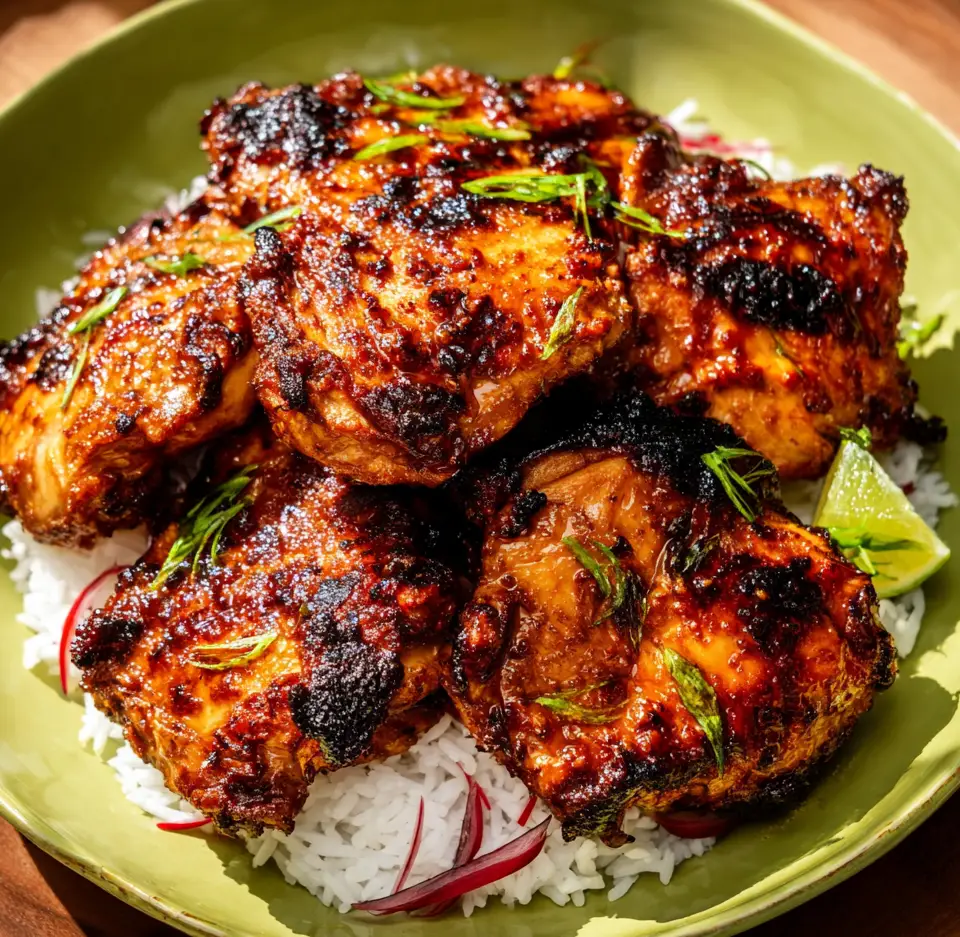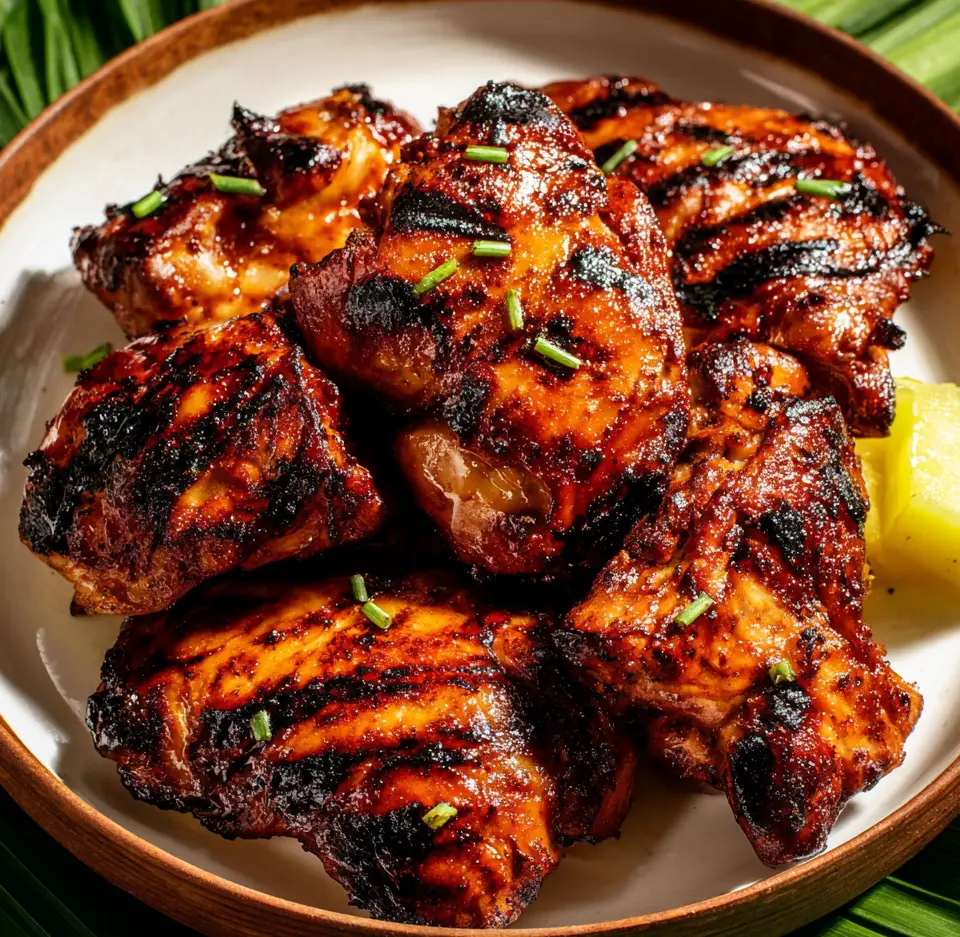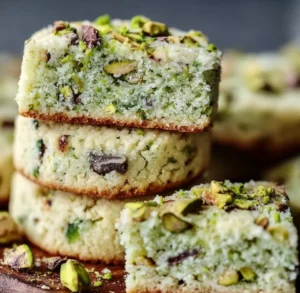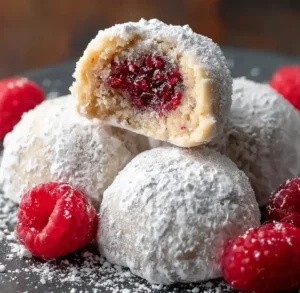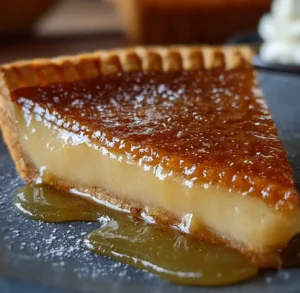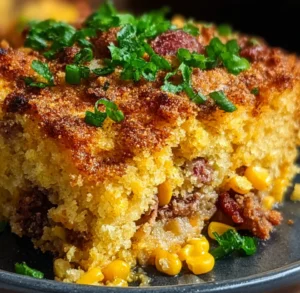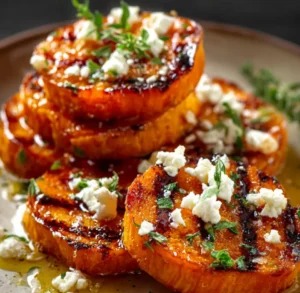Prep Time: 15 minutes | Cook Time: 20 minutes | Total Time: 6 hours 35 minutes | Serves: 6
Imagine the intoxicating aroma of huli huli chicken wafting from your grill with its sweet pineapple glaze caramelizing to sticky perfection because this iconic Hawaiian recipe transforms simple chicken thighs into tropical masterpieces that transport your taste buds straight to the islands. This legendary huli huli chicken combines sweet brown sugar with savory soy sauce because the balanced marinade creates layers of flavor that make every bite an unforgettable experience worth sharing with family and friends.
Why Huli Huli Chicken Captures Island Spirit
This remarkable huli huli chicken succeeds brilliantly because it balances sweet, savory, and tangy elements in perfect harmony that reflects authentic Hawaiian culinary traditions dating back to 1955. The pineapple juice provides natural enzymes because these compounds tenderize the meat while infusing tropical sweetness that distinguishes this dish from ordinary teriyaki chicken.
The genius behind this huli huli chicken lies in its cooking method because the name itself means turn in Hawaiian, referencing the frequent flipping that ensures even caramelization and prevents burning. The combination of ingredients creates complexity because ginger adds warmth, garlic contributes depth, and ketchup provides body that helps the marinade cling to every surface.
These spectacular huli huli chicken thighs offer practical advantages because dark meat stays juicier than breast meat during high-heat grilling, while the higher fat content carries flavors more effectively. The marinade works double duty because it both seasons the meat and creates a glossy glaze that makes presentation absolutely stunning and completely irresistible.
Essential Ingredients for Perfect Huli Huli Chicken
For the Marinade and Glaze:
- 1 cup pineapple juice from canned pineapple (not fresh)
- 3/4 cup low-sodium soy sauce
- 1/2 cup packed light brown sugar
- 1/3 cup ketchup
- 1/4 cup sherry or dry white wine
- 3 tablespoons apple cider vinegar
- 2 tablespoons sesame oil
- 2 tablespoons Worcestershire sauce
- 4 cloves garlic, minced
- 2 tablespoons fresh ginger, grated
- 1 teaspoon sriracha or Asian chili paste
For the Chicken:
- 3 pounds boneless, skinless chicken thighs (8-10 pieces)
- Salt and black pepper to taste
- Sesame seeds for garnish
- Sliced green onions for garnish
For Serving:
- Fresh pineapple rings for grilling
- Cooked white rice
- Hawaiian macaroni salad
The Art of Creating Huli Huli Chicken
Mastering this extraordinary huli huli chicken requires understanding the relationship between marinade chemistry, heat management, and timing because success depends on achieving deep flavor penetration while developing beautiful caramelization. The pineapple juice must come from canned or shelf-stable sources because fresh pineapple contains bromelain enzymes that over-tenderize chicken, creating mushy texture that ruins the dish.
The marinating period proves critical because extended contact time allows salt and acid to penetrate muscle fibers, carrying flavors deep into the meat while breaking down proteins for tenderness. The reserved marinade technique ensures food safety because raw chicken contaminates the marinade, making it unsafe for basting unless boiled first or reserved before contact.
Understanding sugar behavior becomes essential because the brown sugar and ketchup caramelize beautifully but burn easily, requiring careful heat management and strategic basting timing that prevents charring while maximizing flavor development in this huli huli chicken.
Step-by-Step Instructions for Huli Huli Chicken
Step 1: Prepare the Marinade Base
Combine pineapple juice, soy sauce, brown sugar, and ketchup in a large mixing bowl because these ingredients form the flavor foundation of authentic huli huli chicken. Whisk vigorously until the brown sugar dissolves completely because undissolved sugar creates uneven sweetness and can cause burning during grilling.
Professional Tip: Use canned pineapple juice rather than fresh because the canning process deactivates enzymes that would otherwise make the chicken unpleasantly soft and mushy.
Key Points: Taste the marinade at this stage and adjust sweetness or saltiness because the final flavor concentrates during cooking, so the raw marinade should taste slightly milder than desired.
Step 2: Add Aromatics and Seasonings
Add sherry, apple cider vinegar, sesame oil, Worcestershire sauce, minced garlic, grated ginger, and sriracha to the bowl because these ingredients create complexity and depth that elevate simple teriyaki into distinctive huli huli chicken. Whisk thoroughly to combine because emulsifying the oil into the acidic base creates a cohesive marinade.
Professional Tip: Grate ginger on a microplane rather than mincing because this creates finer particles that distribute more evenly and prevent large chunks that can burn on the grill.
Key Points: The sriracha adds subtle heat that enhances rather than overwhelms because a little goes a long way, so start conservatively and add more if desired.
Step 3: Reserve Marinade for Basting
Transfer one cup of the marinade to a separate airtight container and refrigerate immediately because this portion stays free from raw chicken contact, making it safe for basting without additional cooking. This step prevents cross-contamination because using marinade that touched raw chicken without boiling first can cause foodborne illness.
Professional Tip: Label the reserved marinade container clearly because confusion between contaminated and clean marinade creates serious food safety risks during busy grilling sessions.
Key Points: Keep the reserved marinade refrigerated until needed because room temperature storage allows bacterial growth that compromises safety even in clean marinade.
Step 4: Marinate the Chicken
Pat chicken thighs dry with paper towels because removing surface moisture helps marinade adhere better and promotes browning during cooking. Place chicken in a large resealable plastic bag or glass container because these materials won’t react with acidic marinade ingredients.
Professional Tip: Arrange chicken in a single layer if possible because this ensures even marinade coverage and more consistent flavor throughout each piece of huli huli chicken.
Key Points: Marinate for at least 6 hours but preferably overnight because extended time allows flavors to penetrate deeply and acids to tenderize the meat thoroughly.
Step 5: Prepare the Grill
Preheat the grill to medium-high heat, around 375-400°F, because this temperature creates beautiful caramelization without burning the sugary marinade. Clean and oil the grill grates thoroughly because sticky marinades adhere to dirty grates and tear the chicken skin during flipping.
Professional Tip: Set up a two-zone fire with direct and indirect heat because this allows you to sear over high heat then finish cooking over lower heat if needed.
Key Points: Let the grill preheat for at least 15 minutes because proper preheating ensures consistent temperature and creates those attractive grill marks that make huli huli chicken so appealing.
Step 6: Grill the Chicken
Remove chicken from marinade and let excess drip off because too much marinade causes flare-ups that char the exterior before the interior cooks through. Place chicken on the hot grill grates and close the lid because trapped heat cooks the meat more evenly.
Professional Tip: Resist the urge to move the chicken for the first 5 minutes because undisturbed contact creates better grill marks and prevents sticking to the grates.
Key Points: Cook for 5-7 minutes per side initially before basting because applying sugary marinade too early causes burning rather than caramelization.
Step 7: Execute the Huli Turn
Flip the chicken pieces using tongs because this method prevents tearing the meat and honors the huli turn tradition that gives this dish its name. The word huli means turn in Hawaiian because the original preparation involved flipping chicken repeatedly between two grills.
Professional Tip: Turn the chicken at least 3-4 times during cooking because frequent flipping ensures even cooking and allows you to monitor for hot spots that might cause burning.
Key Points: Watch for flare-ups when turning because dripping marinade can ignite, requiring you to move chicken to cooler zones temporarily until flames subside.
Step 8: Baste and Finish
During the final 5 minutes of cooking, begin basting with the reserved clean marinade because this late application creates glossy glaze without burning. Brush both sides generously because the glaze should coat every surface of the huli huli chicken.
Professional Tip: Use a silicone basting brush because it won’t shed bristles into your food and withstands high heat better than traditional brushes.
Key Points: Check internal temperature with an instant-read thermometer because chicken is safely cooked at 165°F but dark meat tastes better at 175-180°F when connective tissue has broken down.
Step 9: Rest and Garnish
Transfer cooked chicken to a clean platter and tent loosely with foil because resting for 5-10 minutes allows juices to redistribute throughout the meat. During this time, grill fresh pineapple rings because the caramelized fruit makes perfect accompaniment.
Professional Tip: Simmer leftover reserved marinade over medium heat until reduced and thickened because this creates extra sauce for drizzling over the finished huli huli chicken.
Key Points: Garnish with toasted sesame seeds and sliced green onions because these finishing touches add visual appeal and textural contrast that complete the presentation.
Professional Tips for Perfect Huli Huli Chicken
Quality ingredients make dramatic differences because authentic flavors depend on using proper pineapple juice, good soy sauce, and fresh aromatics that create the complex taste profile. Choose chicken thighs over breasts because the higher fat content prevents drying and carries flavors more effectively during high-heat cooking.
Temperature monitoring proves essential because undercooked chicken poses health risks while overcooked chicken becomes dry and stringy. Invest in a reliable instant-read thermometer because this tool eliminates guessing and ensures consistently perfect results every time you make huli huli chicken.
Timing matters significantly because marinating too briefly yields bland chicken, while marinating too long makes the meat unpleasantly salty. Plan ahead by starting the marinade the night before because this advance preparation allows you to focus on grilling when guests arrive.
Creative Variations for Huli Huli Chicken
Transform this basic huli huli chicken into exciting alternatives because versatility allows you to match flavors to personal preferences and dietary needs. Substitute coconut aminos for soy sauce because this gluten-free alternative provides similar umami depth while accommodating dietary restrictions.
Create spicier versions by increasing sriracha or adding cayenne pepper because heat lovers appreciate bolder flavors that complement the sweet pineapple base. Experiment with different proteins like pork chops or salmon because the marinade works beautifully with various meats and fish.
Consider air fryer adaptations by cooking marinated chicken at 400°F for 12-15 minutes because this method creates similar caramelization without requiring outdoor grilling equipment or favorable weather conditions.
Perfect Pairing Ideas for Huli Huli Chicken
This tropical huli huli chicken pairs beautifully with island-inspired sides that complement rather than compete with the sweet-savory flavors because thoughtful accompaniments create authentic Hawaiian dining experiences. Consider serving alongside crisp salads because fresh greens with light dressing provide refreshing contrast to rich, sticky chicken.
Include this impressive entrée as part of luau menus featuring favorite breakfast ideas because building cohesive island-themed meals creates memorable celebrations that guests discuss long after the party ends. Complement your table with carefully chosen snacks and appetizers because offering variety keeps guests satisfied throughout extended gatherings.
Beverage pairings enhance the experience because tropical drinks like mai tais or piña coladas echo the pineapple flavors, while light beers or fruity white wines provide refreshing balance. Consider serving with coconut rice because the subtly sweet grain absorbs extra sauce beautifully.
Discover More Island-Inspired Recipes
Expand your tropical cooking repertoire with complementary recipes that share Hawaiian appeal because building a collection of island favorites increases your entertaining confidence and culinary range. Explore delicious savory sides because perfectly prepared vegetables and grains create restaurant-quality presentations that impress guests.
Enhance your gatherings with flavorful dips and marinades because these versatile preparations add variety and allow guests to customize their dining experiences according to personal preferences. Include refreshing beverages because well-chosen drinks balance rich foods and provide palate-cleansing refreshment between bites.
Complete your luau planning with additional perfect sides because thoughtfully selected accompaniments demonstrate culinary sophistication while simplifying meal preparation through strategic advance planning and coordination.
Storage Guidelines for Huli Huli Chicken
Proper storage techniques preserve both flavor and texture because this huli huli chicken remains delicious for several days when handled correctly. Cool completely before refrigerating because hot food raises refrigerator temperature and can compromise food safety while creating condensation that affects texture.
Store in airtight containers for up to 4 days because proper sealing prevents moisture loss and flavor absorption from other refrigerator contents while maintaining food safety. Separate leftover sauce from the chicken because this prevents the meat from becoming overly soggy during storage.
Reheat gently in a 350°F oven for 10-12 minutes because low temperature prevents the glaze from burning while warming the chicken through completely. Avoid microwave reheating when possible because it creates steam that softens the caramelized exterior and diminishes eating quality.
The Science Behind Perfect Huli Huli Chicken
Understanding cooking chemistry improves results because knowledge of protein denaturation, sugar caramelization, and enzyme activity helps predict outcomes and troubleshoot problems. The pineapple juice contributes acidity and enzymes because these components break down tough muscle fibers while adding characteristic tropical flavor.
The marinade penetration occurs through osmosis because salt draws moisture from cells, which then gets replaced by flavorful liquid carrying spices and aromatics deep into the meat. The caramelization reaction happens when sugars reach temperatures above 320°F because heat breaks down sugar molecules and reforms them into hundreds of new flavor compounds.
Browning develops through Maillard reactions because amino acids and sugars interact at high temperatures, creating the golden-brown color and complex savory notes that make grilled huli huli chicken so appealing and delicious.
Troubleshooting Common Huli Huli Chicken Issues
Burnt exterior with undercooked interior occurs when grill temperature is too high because excessive heat chars the sugary glaze before the meat cooks through. Use medium heat and indirect cooking because this gentler approach prevents burning while ensuring thorough cooking.
Dry chicken results from overcooking or using breast meat because lean cuts lack the intramuscular fat that keeps dark meat juicy during high-heat cooking. Monitor temperature carefully and remove at 175°F because carryover cooking will raise the temperature another 5 degrees during resting.
Mushy texture happens when fresh pineapple juice is used because active bromelain enzymes break down proteins excessively, creating unpleasant consistency. Always use canned or shelf-stable pineapple juice because processing deactivates these problematic enzymes in huli huli chicken marinades.
Additional Hawaiian Recipe Inspirations
Continue your island culinary exploration with impressive dessert recipes because tropical sweets provide satisfying conclusions to Hawaiian-themed meals featuring dishes like this huli huli chicken. Consider coconut or pineapple-based preparations because they echo the main course flavors while providing refreshing contrast.
Build confidence with other Hawaiian specialties because mastering traditional island dishes demonstrates cultural appreciation while expanding your cooking repertoire beyond familiar cuisines. Hawaiian cooking emphasizes fresh ingredients and balanced flavors because this approach creates satisfying meals that nourish both body and spirit.
Remember that cooking success improves with practice and cultural respect because each attempt provides opportunities to refine techniques, understand ingredient interactions, and develop the intuition that distinguishes accomplished cooks from beginners following recipes mechanically.
Conclusion
This spectacular huli huli chicken represents the perfect fusion of Hawaiian tradition and accessible home cooking because it transforms simple ingredients into restaurant-quality entrées that capture authentic island spirit. The combination of sweet pineapple, savory soy sauce, and aromatic ginger creates harmonious flavor balance because each element contributes unique characteristics that work together beautifully.
Whether preparing for backyard luaus, summer cookouts, or weeknight family dinners, this huli huli chicken guarantees delighted reactions because the impressive caramelization and tropical flavors demonstrate culinary skill while remaining achievable for cooks of all experience levels. The recipe’s cultural significance and delicious results create memorable dining experiences because food connects us to traditions and brings people together around shared tables and celebrations.

